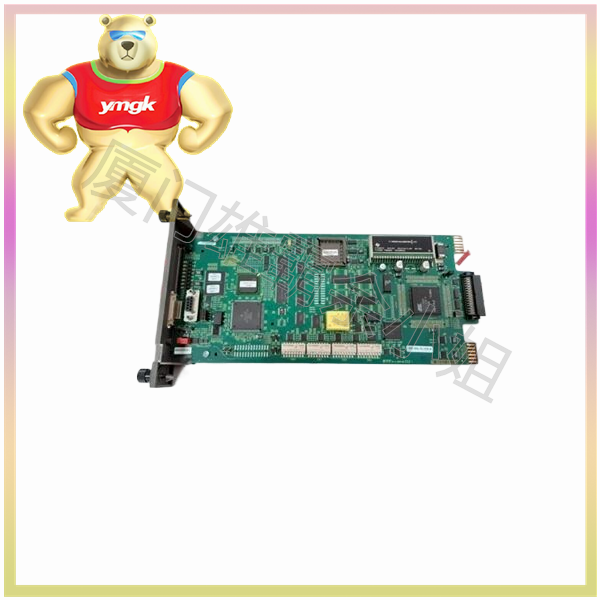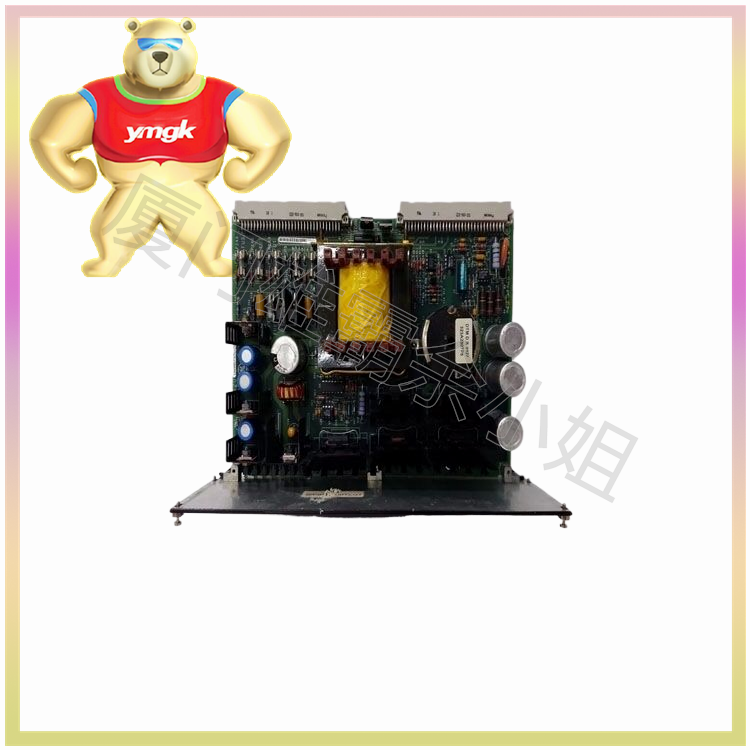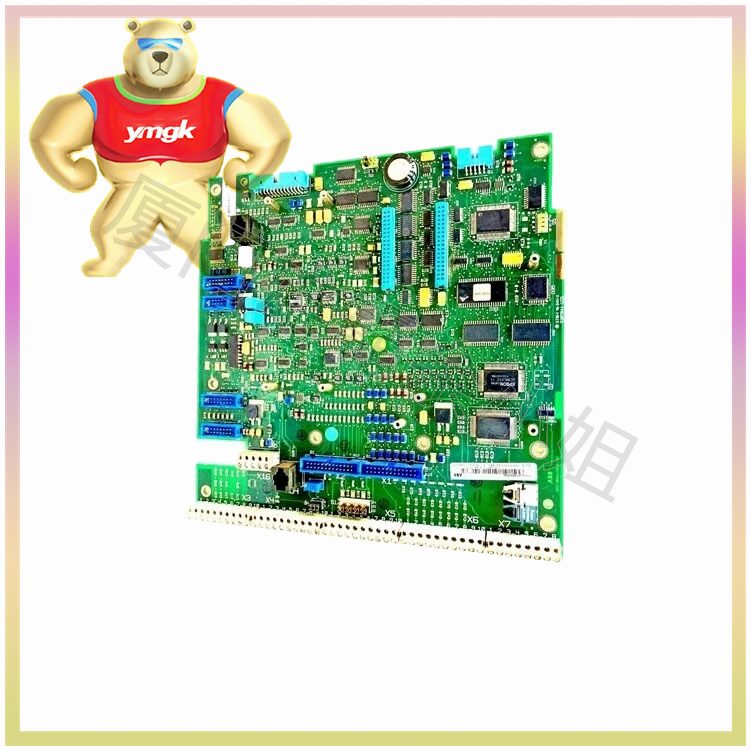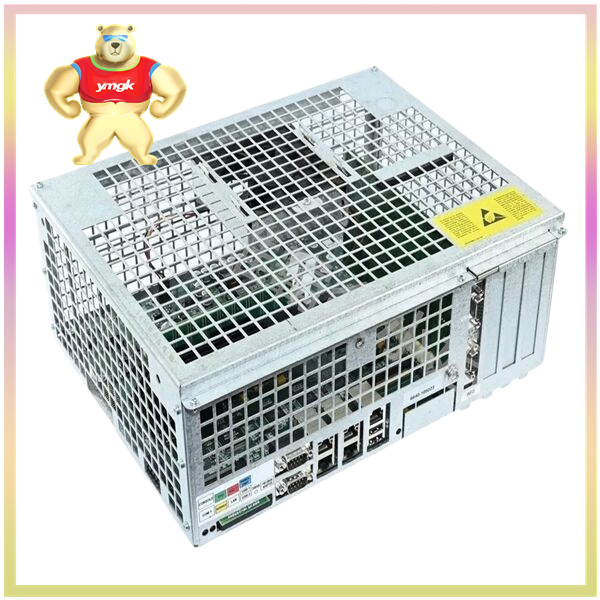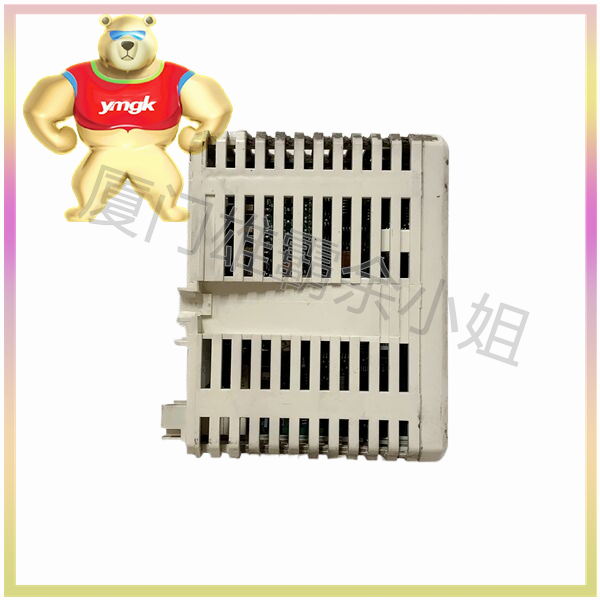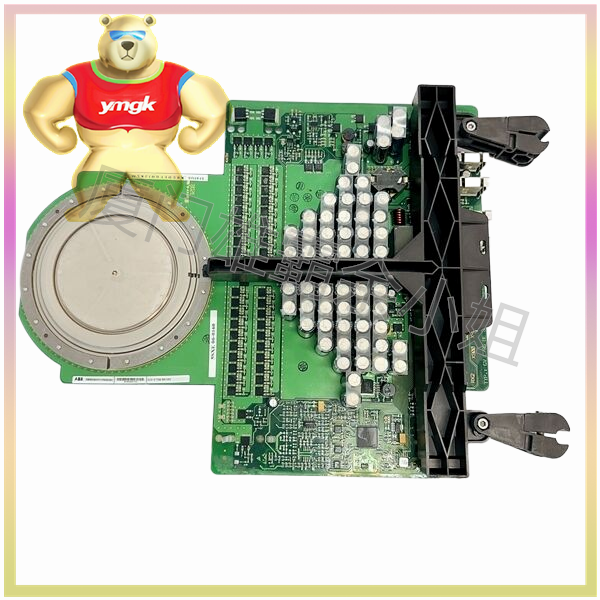- Control motor operation: By receiving and processing input signals, control the motor’s starting, stopping, turning, speed and other operating parameters.
- Protection of motors and controllers: Through circuit protection functions, monitor parameters such as current and temperature to ensure that the motors and controllers operate within a safe range and prevent damage such as overload and overheating.
- Implement closed-loop control: Obtain the current position, speed, and other parameters of the motor through feedback devices to achieve closed-loop control and improve the accuracy and stability of motion.
- Communication with other devices: Through communication interfaces, data exchange, instruction transmission, and system integration are carried out with the upper computer, other controllers, or member devices.
The motor controller is a key device that converts external control signals into motor actions. Through effective control and driving, it achieves the operation and protection of the motor to meet the needs of different application fields for motor motion.
